
India on Siberian Crane
A commemorative postage stamp on the International Crane Workshop, Bharatpur :
 Issued by India
Issued by India
Issued on Feb 7, 1983
Issued for : Indian Posts and Telegraphs Department is privileged to issue a special stamp on the occasion.
Description of Designs : The stamp design is based on an oil painting (of Siberian Crane at Bharatpur) by Diane Pierce, kindly loaned by the Prime Minister, Smt. Indira Gandhi. The first day cover design is based on a photograph by George Archibald. The cancellation has been designed by Badar Makhmoor.
Type : Stamp, Postal Used
Colour : Multicolour
Denomination : 285 Paise
Overall size : 3.91 x 2.90 cms.
Printing size : 3.55 x 2.54 cms.
Perforation : 13 x 13
Paper : Unwatermarked adhesive stamp paper
Number printed : 20,00,000
Number per issue sheet : 35
Printing process : Photogravure
Printed at : India Security Press
About :
- Believed to have existed on this planet for over one million years, the Siberian Crane (Grus leucogeranus) sometimes called ‘The Lily of Birds‘ in India and the ‘Snow Wreath‘ in the Soviet Union, is one of the most endangered birds in the World.
- Of the 15 Crane species left in the world, 5 can be seen in India; the Common Crane, the delicate Demoiselle Crane, the rare Black-necked Crane, the well known non-migratory Indian Sarus and the Siberian.
- Less than 200 Siberian Cranes, now exist, their numbers depleted by the disappearance of wetlands in Asia and by hunting. Nesting in the Tundra regions of the Arctic in the Soviet Union, a small flock continues to migrate to India flying 6500 kms. to winter in Keoladeo National Park at Bharatpur (Rajasthan). During the winter of 1981-82, 38 birds were counted at Bharatpur. The rest migrate to China and Iran.
- This great white bird with black primary feathers and a striking patch of red on the head, has a wing span which can exceed 8 feet. With a life span of over 60 years the Siberian pairs for life. At Keoladeo sanctuary the usual family group of two birds and one chick can be seen feeding on sedge tubers, their primary source of food in India.
- Pioneering efforts have been made to study this rare bird in their Yakutian breeding grounds, and along the River Ob in the Soviet Union. A captive breeding flock of 30 Siberian Cranes has been established in the Soviet Union, West Germany, and at the International Crane Foundation in the USA. In 1981 the first ever Captive-bred Siberian Crane was hatched, and three more chicks were bred in the spring of 1982. It is hoped that birds can eventually be reintroduced into the wild to strengthen the Bharatpur flock.
- Scientists and conservationists from 25 countries are gathered at the Keoladeo National Park, Bharatpur to participate in the International Crane Workshop organised by Government of Rajasthan, Department of Environment, Government of India, International Council for Bird Preservation and International Crane Foundation to formulate programmes for conservation and research.
- (Text by courtesy : Anne Wright, Indian Board for Wild Life).


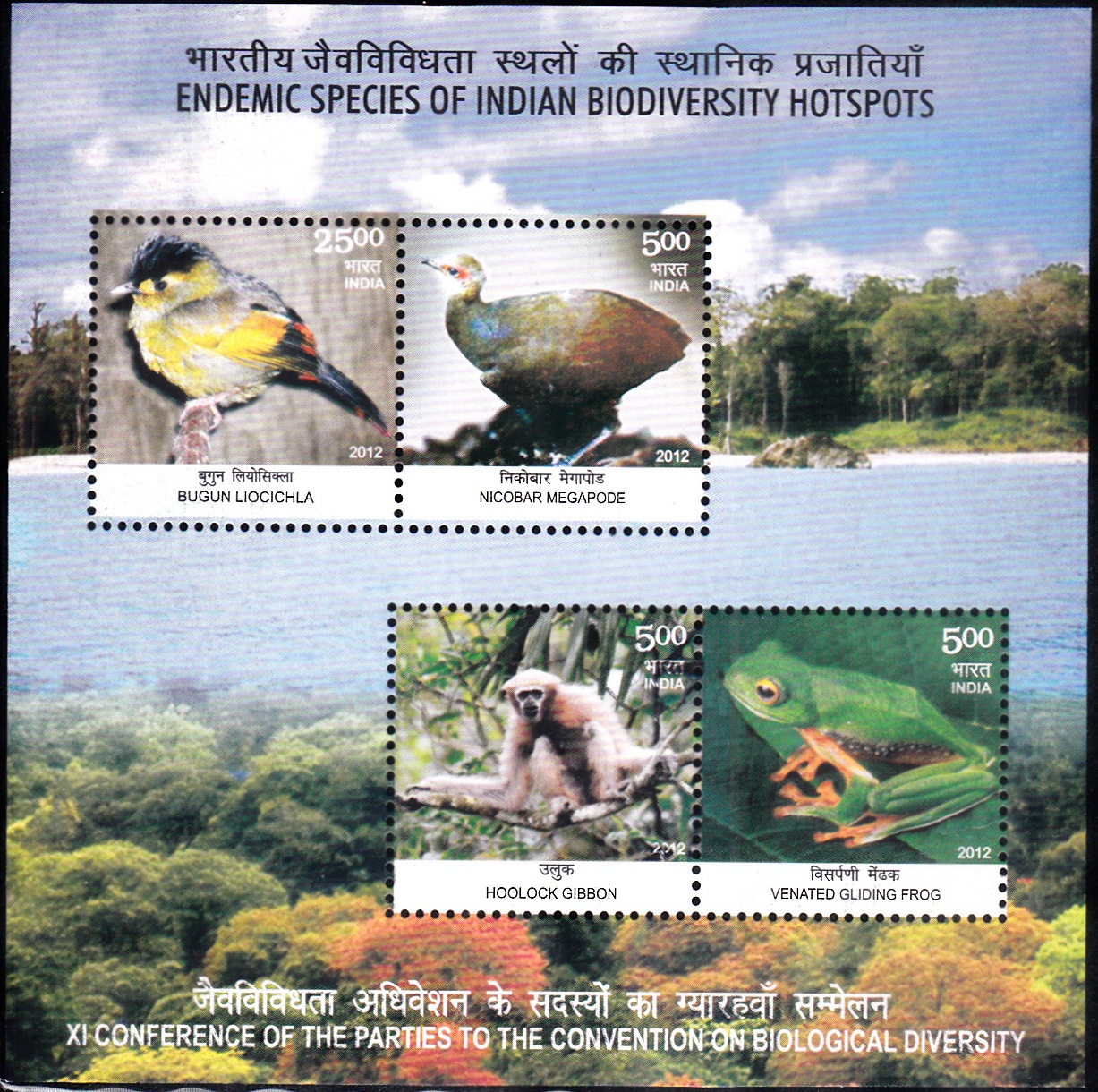
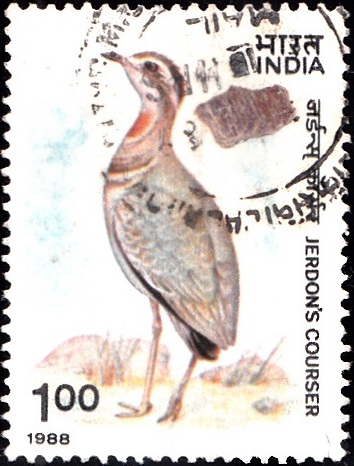
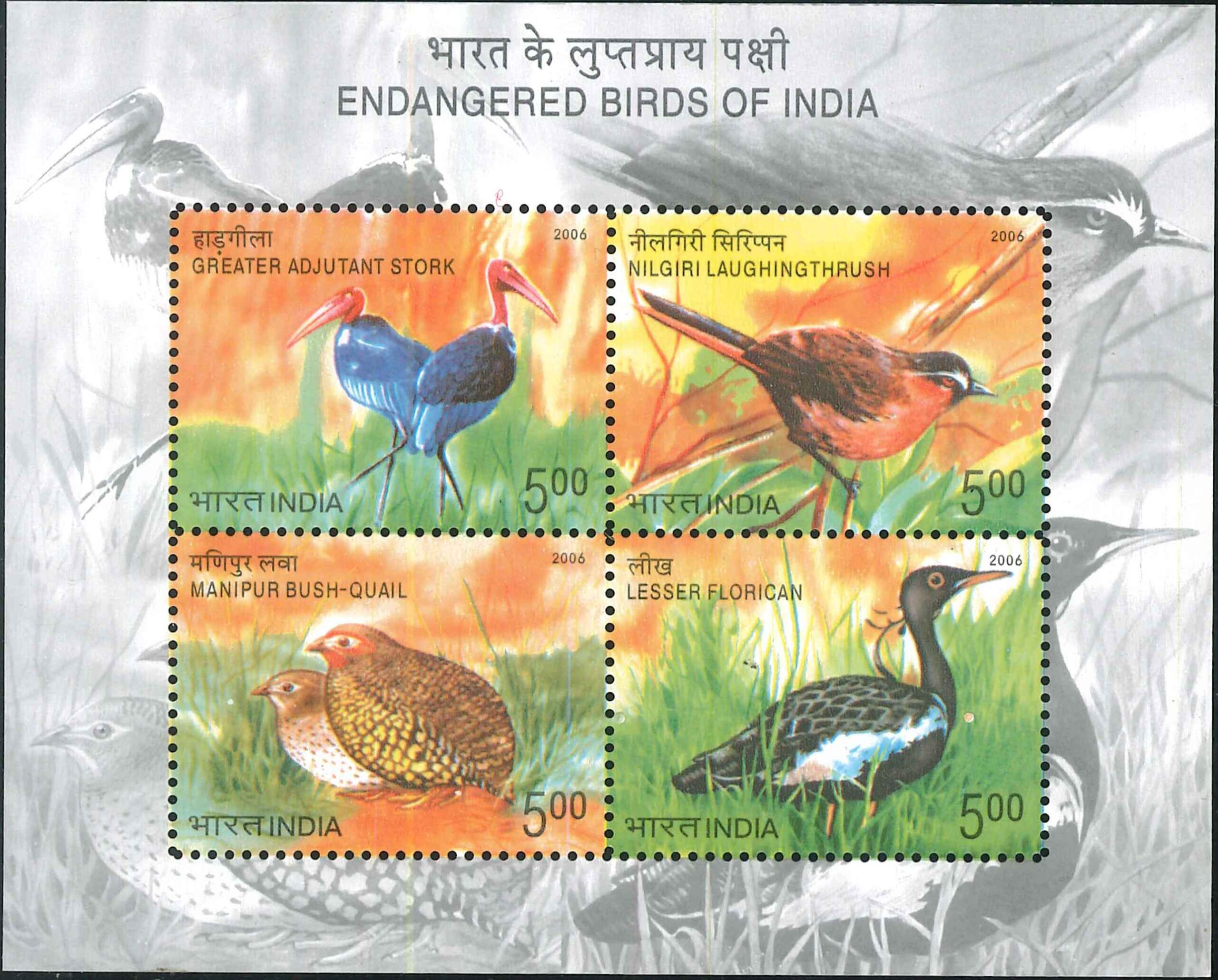
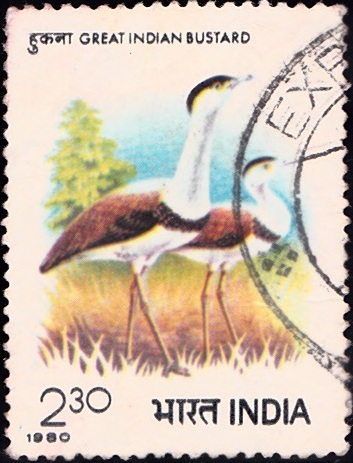
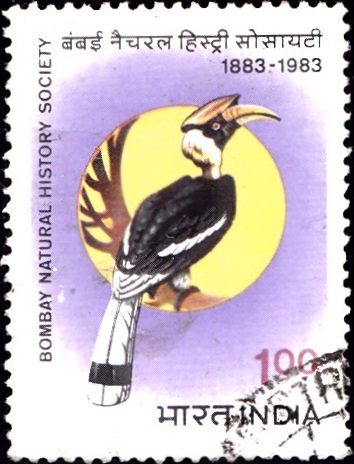
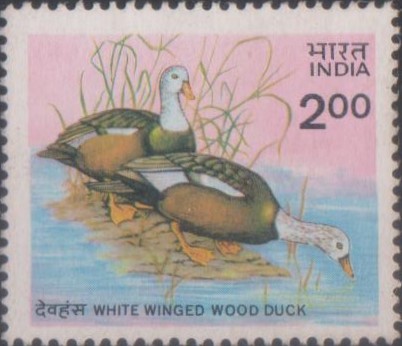
[…] from regions as distant as Russia (Siberia) and northern Europe by November. The magnificent Siberian crane and a variety of duck, geese, sandpipers, plovers and others descend in vast numbers on […]